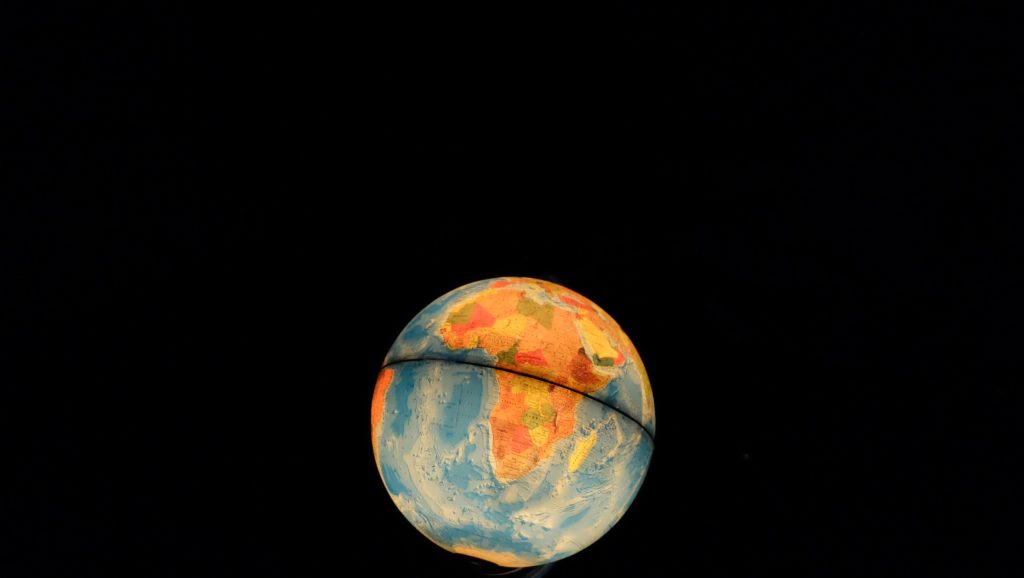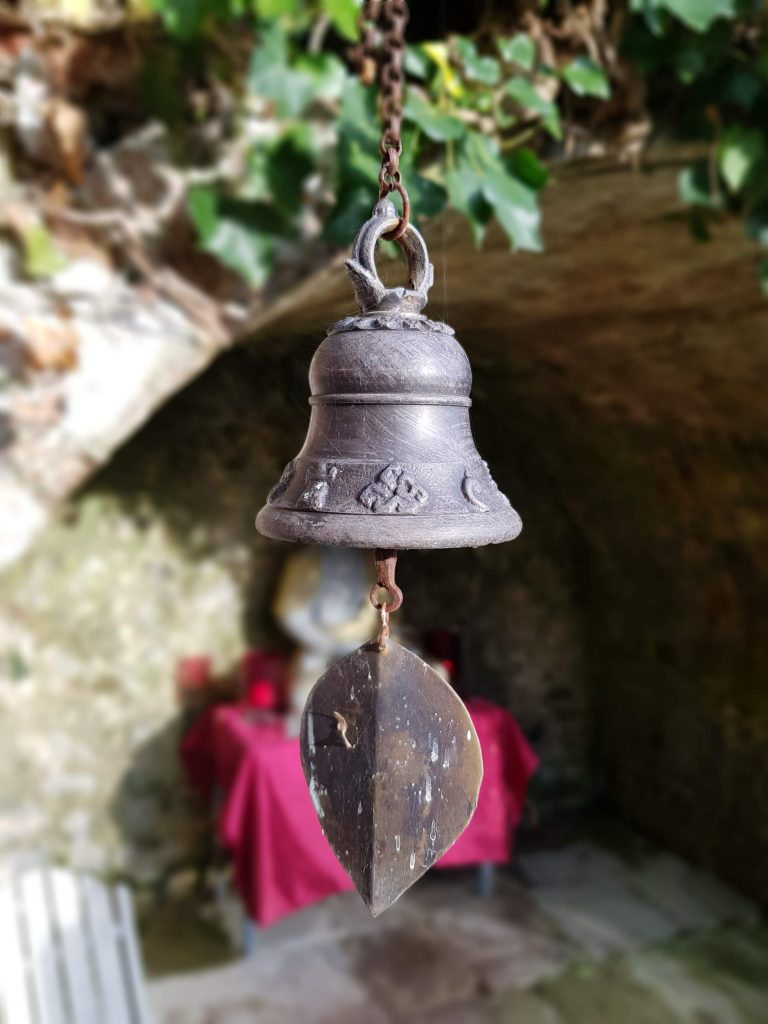Less eco-guilt, more eco-joy
by Satya

I attended an event last night where we were asked to get into pairs and say how we felt about the Climate & Ecological Emergency. I listed fear, frustration, and numbness, but as my partner spoke I realised I hadn’t mentioned the emotion tops my list.
Guilt. Guilt at buying the pizza wrapped in plastic rather than making our own dough in our perfectly good bread machine. Guilt at driving the dogs to a walk. Guilt at having the heating up so high. Guilt at not donating more of my spare money to buy trees. Guilt at not challenging a colleague who has their facts about the climate crisis all wrong.
I could go on. You may see the items on my list as trifling matters, but I see them as the exact equivalent of bigger ‘sins’ against our dear Earth – my greed, hate and delusion is the same as the stuff inside the directors of the oil companies, the banks, the governments. I have a smaller-scale life and so I leave a smaller-scale oily footprint, but I’m not innocent.
What, then, to do about this weight of guilt? This is where the ‘bright’ from our new temple name comes in. We begin by looking at ourselves by the light of the Buddha. This light is soft and kind and wise. It shows up all the hidden wounded parts of us. It shows us how these wounds are fiercely protected by all the parts of us that end up harming ourselves, others and the Earth. It shows us that these parts are doing the best they can in difficult circumstances, and that rather than being ‘lazy’ or ‘cruel’ or ‘weak’ we are
As we see ourselves in this light, hopefully we also begin to soften. Our guilt transmutes into compassion – no wonder we needed the quick fix of supermarket pizza, no wonder we didn’t speak up to our colleague. Goodness, it’s a miracle that we were able to get up, get dressed and take out the rubbish this morning!
As my eco-guilt dissolves, there is space for eco-joy. Yes, I’m still sorry about the extra plastic, and maybe next week I’ll manage to make dough, and – look at the frost sparkling in the sun this morning. Listen to that crow’s happy monologue. Look at the shreds of mist draped across the valley.
Coming into a closer relationship with the Earth and enjoying that relationship is something to be celebrated. Soaking up joy will resource us, and we’ll be more likely to make good choices or take small actions. We’ll also infect others with our love of the planet, who will find themselves naturally wanting to look after her.
Action motivated by love and joy is powerful. We can make space for everything – the rage, the despair, the sorrow – these feelings all have something to show us. And, if we get stuck in anything, including guilt, we are turning away from the Earth.
She is beautiful, and she is lit by the love of the Buddhas. Just like us.
*
Photo by Simone Busatto on Unsplash

